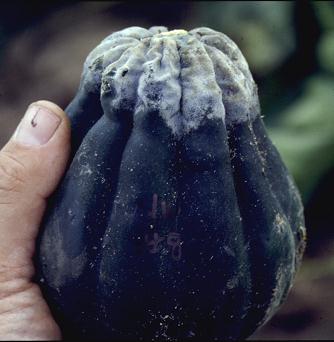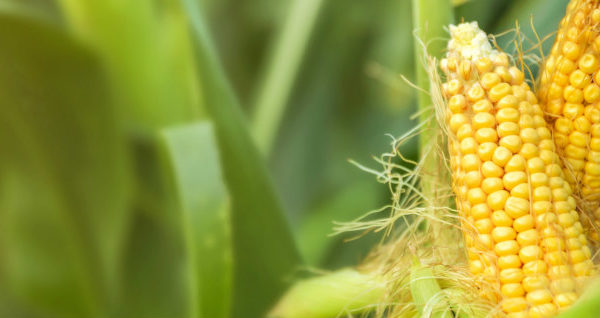Welcome to a new monthly series called CABI
Author Focus. Each month one of the many talented authors or editors of books
published by CABI will be writing about an element of their research. This
month Kurt Lamour, editor of Phytophthora: A Global Perspective, writes for us on his experiences of this plant-damagng pathogen. As well as
Phytophthora, Kurt co-edited Oomycete Genetics and
Genomics: Diversity, Interactions and Research Tool with Sophien Kamoun.
Potato famine! Starvation and emigration! For
many folks the only Phytophthora they’ll ever hear of, albeit tangentially, is
through tales of the infamous potato blight that occurred in mid-1800 Ireland. I’ve often used the famine as a reference
point to help answer questions concerning what it is I do for a living; although
I’ve learned this conversational strategy can be tricky.
When I first arrived at the University of
Tennessee in 2003, I mentioned the potato famine to some new Irish friends (fellow
scientists but not plant pathologists). They looked at me askance and one asked
"Who told you that cock and bull story? It's a bunch of malarkey! The
damned British had loads of food and were exporting grain the whole damn
time…" I looked into it. What do you know? Seems there’s something to
that claim.
Nonetheless, even if the blight organism (P. infestans) is not the
famine-producing monster I once thought it to be, Phytophthora species do in
fact cause tragic and spectacular losses of life (plants!) and livelihoods. As
I’ve studied the vegetable pathogen P. capsici over the past 15 years, I’ve
witnessed firsthand the havoc wreaked once it has been introduced to farms in
Michigan and Tennessee. I vividly recall a Michigan farm where I walked with
three generations of farmers (grandfather, dad, and son) to inspect acre after
acre of pickling-style cucumbers that looked like they’d all been dipped in powdered
sugar. Needless to say, this sugar was not sweet and meant the fruit were severely
infected and covered in spores. The farm had successfully produced cucumbers
since the 1950’s and the grandfather and father looked at the son while asking
me “How did this happen?” For these guys, large-scale disease and being forced
to default on their contracts reflected poor stewardship – something that had
never happened on their watch.
I felt bad for the son who’d only been in
charge of the farm for a few years. As I’d done many times before and since, I explained
how this epidemic was not any of their faults. It may never be clear how the
disease made it to their farm, but, P.
capsici can be exceptionally pernicious and is a serious problem on a wide
variety of vegetables worldwide. In most cases, there are no effective chemical
controls and even worse, the pathogen makes thick-walled dormant spores
(oospores) that survive in the soil for years (like weed seeds). If even a few oospores
germinate and cause infection, the disease can multiply and spread very rapidly
– often just when a field is ready for harvest. I once counted and estimated
the number of viable spores on the surface of a single squash at around 340
million. I’d often bring a picture of the squash with the caption “340M
propagule timebomb” to show farmers (see picture). Each of these spores can release 20 to 40
swimming zoospores in rain or irrigation water and not surprisingly, it had
rained heavily a few days prior to my visit this cucumber field. No doubt this
rain event launched a deadly flotilla from what may have been a very limited
amount of infected plant material – reducing their crop to a complete loss.
Phytophthora capsici is representative for
species in the genus as a whole; species which attack a huge range of important
plants in the wild and managed settings. There’s a fairly large group of scientists
worldwide who’ve dedicated their careers to studying these enigmatic and often
intractable organisms. Over the past year I’ve had the profound honor of
guiding a group of “Phytophthora-ologists” through the process of collating our
collective knowledge in the form of a book (Phytophthora: A Global Perspective). This was a highly rewarding venture and since
I’m not capable of adequately summarizing the contributions of 60+ authors in
this short space, I can only encourage anyone with an interest in Phytophthora
to check it out.
Visit CABI's bookshop for more information on Kurt Lamour and the recent publication of Phytophthora: A Global Perspective
Related News & Blogs
3 ways that preprints help researchers in agricultural and plant sciences
The use of preprints (pre-peer reviewed versions of scholarly papers) has accelerated in the last few years with many researchers now sharing their latest work with the scientific community before or in parallel to publication with a journal. After a s…
12 April 2021






